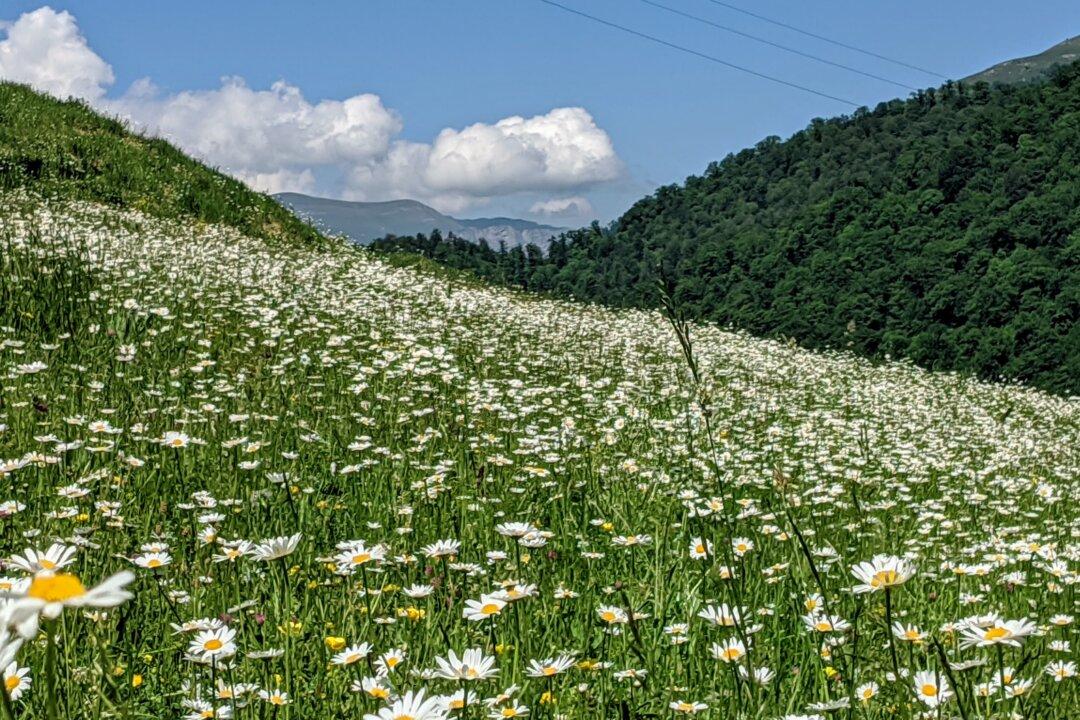The Chamomile plant may be the easiest herb on earth to grow. Most herbs are pretty simple – plant, prune, contain. Chamomile, with its delicate, apple-like aroma, self-seeds year after year and also happens to be a great host for beneficial insects.
Years ago, I bought a pot of German Chamomile at (of all places) a grocery store, thinking it would be nice to dry a little to make tea from over the winter. Definitely an impulse buy, but well worth the few dollars. I planted the chamomile in my herb garden, but it has since migrated throughout my raised garden beds. Now, chamomile grows liberally in every one of my garden beds to one degree or another but has really settled in among my blueberry bushes, where I have managed to contain it.





